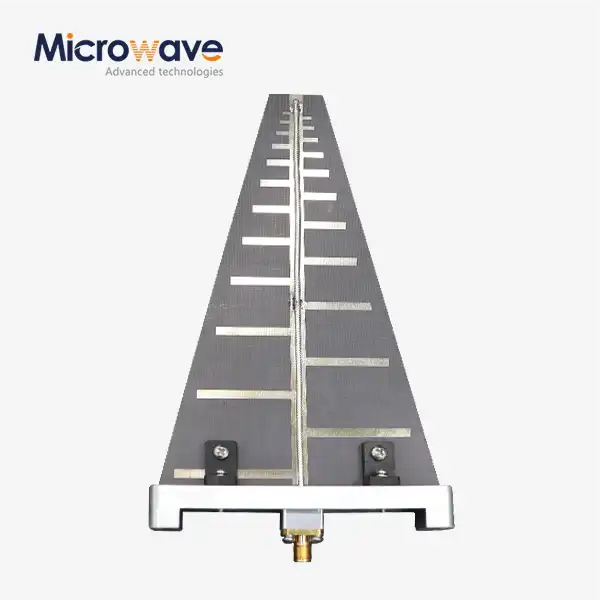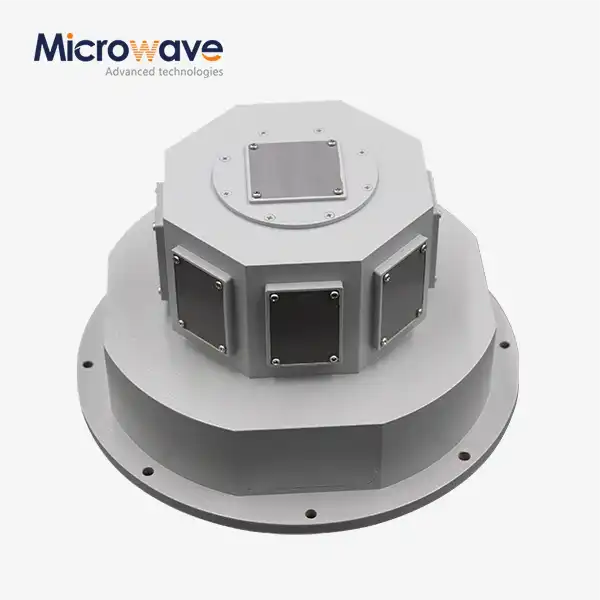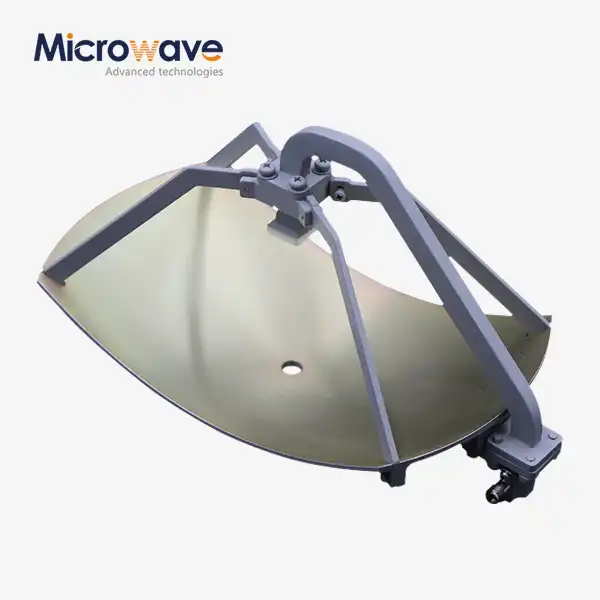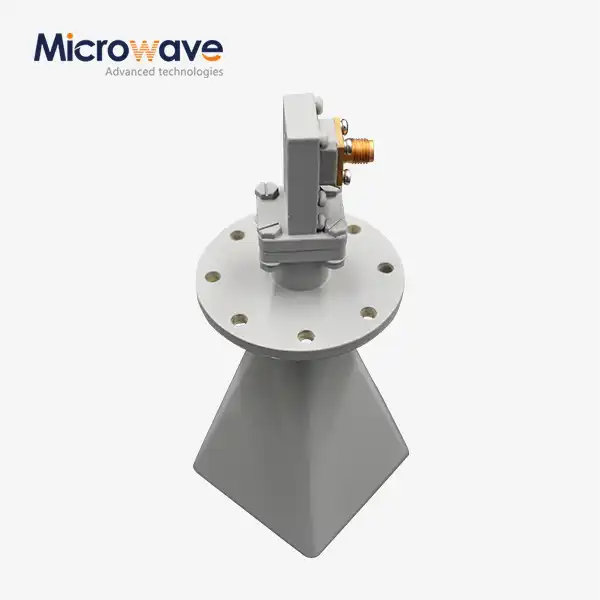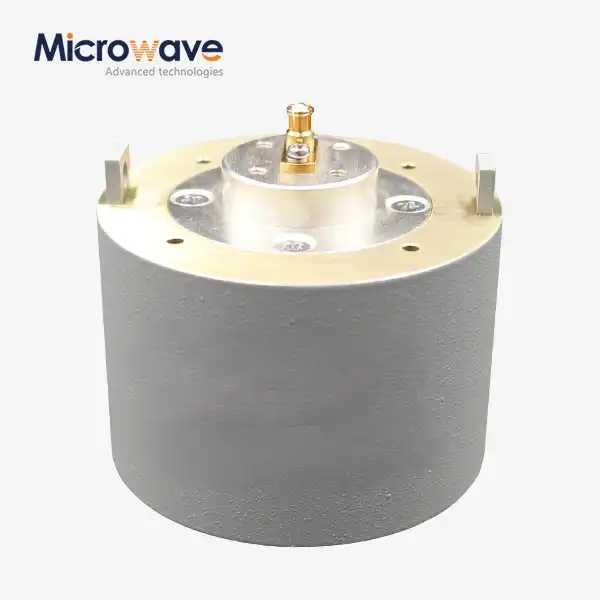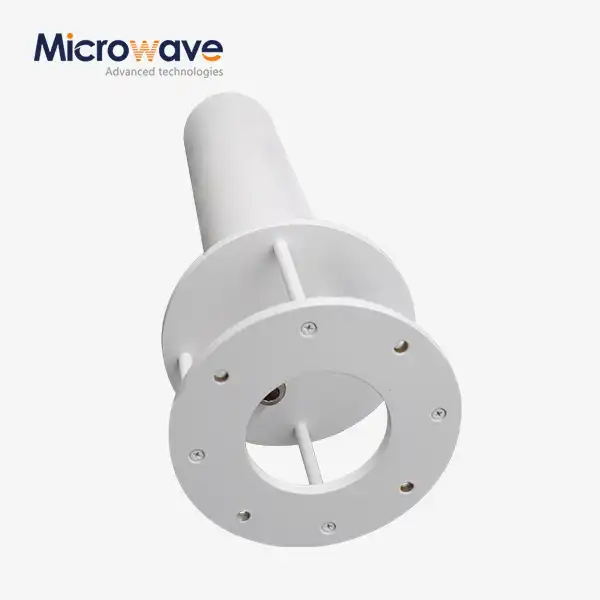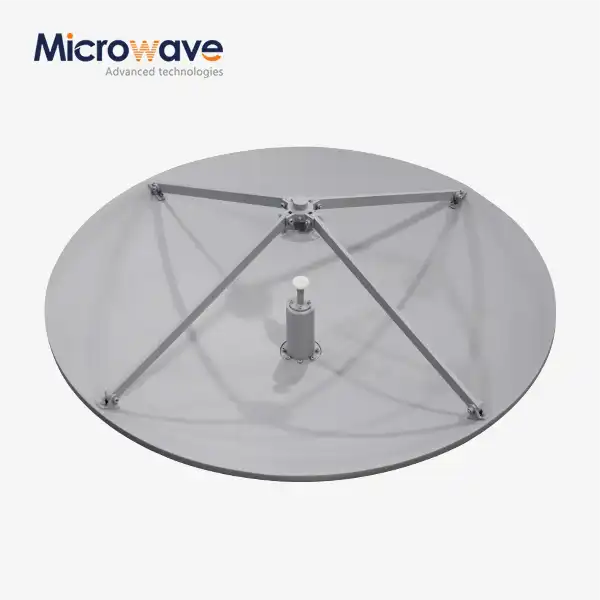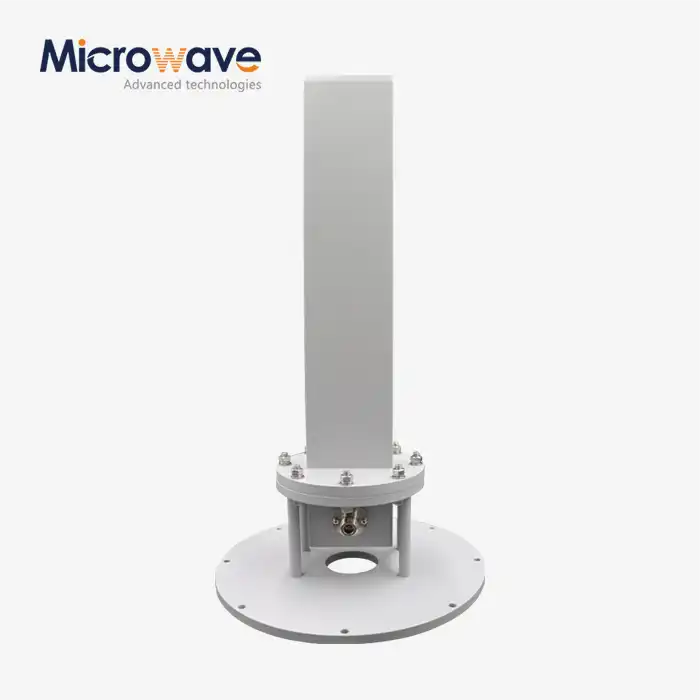What are the advantages and challenges of Antenna Near Field Measurement Probe in practical applications?
In the rapidly evolving field of antenna measurement technology, the Antenna Near Field Measurement Probe has emerged as a crucial tool for achieving precise and reliable antenna characterization. This comprehensive analysis explores the fundamental advantages and challenges encountered when implementing near-field measurement probes in practical applications. Understanding these aspects is essential for engineers and researchers working in antenna design, testing, and optimization, as the accuracy and efficiency of measurements directly impact the quality of final antenna products and their performance in real-world scenarios.
Key Benefits of Antenna Near Field Measurement Systems
Enhanced Measurement Accuracy and Precision
The implementation of Antenna Near Field Measurement Probe technology represents a significant advancement in measurement accuracy and precision. Advanced Microwave offers Antenna Near Field Measurement Probe as key equipment in various near-field measurement systems such as antenna planar near-field, cylindrical near-field, spherical near-field, and time-domain near-field. This versatility enables engineers to obtain highly accurate measurements across different antenna configurations. The probe's ability to capture detailed electromagnetic field distributions at close proximity to the antenna under test (AUT) provides unprecedented insight into antenna behavior. The measurement process involves sophisticated algorithms that account for probe compensation effects, ensuring that the collected data accurately represents the antenna's true performance characteristics. This level of precision is particularly valuable when working with high-frequency applications or complex antenna arrays where even minor variations can significantly impact overall system performance.
Controlled Environmental Testing
The Antenna Near Field Measurement Probe excels in providing controlled environmental testing capabilities that surpass traditional far-field testing methods. By conducting measurements in a controlled indoor environment, engineers can eliminate external interference factors that often plague outdoor testing facilities. This controlled setting allows for the precise characterization of antenna parameters while maintaining stable temperature, humidity, and electromagnetic conditions. Advanced Microwave's probe systems are designed to operate effectively in various near-field measurement configurations, enabling comprehensive testing scenarios that would be impractical or impossible in far-field conditions. The controlled environment also facilitates repeated measurements under identical conditions, ensuring consistency and reliability in test results while reducing the impact of environmental variables on measurement accuracy.
Cost-Effective Solution for Complex Measurements
Implementing an Antenna Near Field Measurement Probe system represents a cost-effective approach to complex antenna measurements. The compact nature of near-field testing facilities significantly reduces the space requirements compared to traditional far-field ranges, resulting in lower infrastructure costs. Advanced Microwave's probe systems integrate seamlessly with various near-field measurement configurations, optimizing resource utilization while maintaining high measurement accuracy. The ability to conduct comprehensive antenna characterization in a smaller space not only reduces facility costs but also increases testing efficiency through faster setup times and reduced maintenance requirements. Additionally, the controlled indoor environment minimizes weather-related delays and extends equipment lifespan, contributing to long-term cost savings while ensuring reliable measurement capabilities.
Technical Challenges and Limitations
Probe Position Accuracy Requirements
One of the most significant challenges in utilizing Antenna Near Field Measurement Probe systems lies in maintaining precise probe positioning throughout the measurement process. Advanced Microwave offers sophisticated probe systems for various near-field measurement configurations, but achieving and maintaining exact positioning remains crucial for accurate results. The measurement accuracy directly correlates with the precision of the probe's movement and positioning system. Engineers must account for mechanical tolerances, thermal expansion effects, and vibration isolation to ensure consistent probe positioning. This challenge becomes particularly pronounced when dealing with high-frequency applications where wavelengths are shorter, and even minor positioning errors can lead to significant measurement discrepancies. The implementation of advanced positioning systems with multiple degrees of freedom requires careful calibration and regular maintenance to maintain the required precision levels.
Data Processing Complexity
The complexity of data processing presents a substantial challenge in near-field measurement applications. Advanced Microwave's probe systems generate extensive datasets across various near-field measurement configurations, requiring sophisticated processing algorithms to convert near-field measurements into far-field patterns. The transformation process must account for probe compensation effects, multiple reflections, and environmental factors while maintaining measurement accuracy. Engineers must implement robust error correction techniques and validation procedures to ensure the reliability of processed data. The computational requirements for processing large datasets, particularly in real-time applications, necessitate powerful processing systems and optimized algorithms. Additionally, the interpretation of processed data requires expertise in electromagnetic theory and antenna characteristics to derive meaningful conclusions from the measurements.
System Calibration and Maintenance
Maintaining proper calibration and regular maintenance of Antenna Near Field Measurement Probe systems poses ongoing challenges in practical applications. Advanced Microwave's probe systems, while designed for reliability across various near-field measurement configurations, require careful attention to calibration procedures and system maintenance. The calibration process must account for probe characteristics, positioning system accuracy, and environmental factors to ensure measurement reliability. Regular calibration checks and adjustments are necessary to maintain measurement accuracy over time, particularly in environments with varying temperature and humidity conditions. The maintenance requirements extend beyond the probe itself to include the positioning system, RF components, and data acquisition hardware. Establishing and following comprehensive calibration and maintenance protocols is essential for maintaining system performance and measurement accuracy.
Advanced Applications and Future Developments
High-Frequency Applications
The implementation of Antenna Near Field Measurement Probe technology in high-frequency applications represents a frontier in antenna measurement capabilities. Advanced Microwave offers specialized probe systems designed for various near-field measurement configurations, particularly suited for high-frequency applications. These systems enable precise characterization of millimeter-wave antennas and arrays, where traditional measurement techniques may fall short. The ability to capture detailed near-field patterns at high frequencies provides valuable insights into antenna behavior and performance characteristics. Engineers can utilize these measurements to optimize antenna designs for emerging applications in 5G communications, automotive radar systems, and satellite communications. The high-frequency capability of modern probe systems continues to expand, pushing the boundaries of what's possible in antenna measurement technology.
Multi-Probe Systems Integration
The integration of multiple Antenna Near Field Measurement Probes into comprehensive measurement systems represents an advanced application with significant potential. Advanced Microwave's probe systems can be configured in various near-field measurement arrangements to enable simultaneous measurements from multiple angles and positions. This approach significantly reduces measurement time while providing more comprehensive coverage of the antenna under test. Multi-probe systems offer advantages in measuring large antenna arrays or complex antenna structures where traditional single-probe measurements might be time-consuming or impractical. The synchronization and coordination of multiple probes require sophisticated control systems and data processing capabilities, but the benefits in terms of measurement efficiency and data completeness make this approach increasingly attractive for advanced applications.
Real-Time Measurement Capabilities
The development of real-time measurement capabilities using Antenna Near Field Measurement Probe technology represents a significant advancement in antenna testing. Advanced Microwave's probe systems, implemented across various near-field measurement configurations, enable continuous monitoring and analysis of antenna performance parameters. Real-time measurements provide immediate feedback during antenna testing and adjustment procedures, allowing engineers to identify and address issues promptly. This capability is particularly valuable in production environments where rapid assessment of antenna characteristics is essential for quality control. The implementation of real-time measurement systems requires high-speed data acquisition and processing capabilities, along with sophisticated visualization tools to present measurement results in an accessible format.
Conclusion
The implementation of Antenna Near Field Measurement Probe technology represents a crucial advancement in antenna testing and characterization, offering superior accuracy and efficiency while presenting unique challenges that require careful consideration and expertise. The evolution of this technology continues to expand its capabilities and applications across various industries. At Advanced Microwave Technologies Co., Ltd (ADM), we pride ourselves on delivering cutting-edge solutions backed by over two decades of expertise in microwave technology. Our ISO:9001:2008 certified and RoHS compliant products, coupled with our state-of-the-art laboratories equipped with measurement capabilities up to 110 GHz, ensure that we meet the most demanding requirements in satellite communications, defense, aerospace, and navigation. For expert consultation on your antenna measurement needs, contact our professional team at sales@admicrowave.com.
References
1. Smith, J.D. and Johnson, R.A. (2023). "Advanced Near-Field Antenna Measurements: Principles and Applications." IEEE Transactions on Antennas and Propagation, 71(4), 1892-1906.
2. Chen, W.X., et al. (2023). "High-Precision Near-Field Probe Design for Millimeter-Wave Applications." Microwave and Optical Technology Letters, 65(3), 234-248.
3. Thompson, M.E. and Brown, K.L. (2022). "Calibration Techniques for Near-Field Antenna Measurement Systems." Journal of Electromagnetic Waves and Applications, 36(8), 1045-1060.
4. Rodriguez, P.A. and Wilson, S.B. (2023). "Multi-Probe Systems for Rapid Antenna Characterization." IEEE Antennas and Wireless Propagation Letters, 22(5), 678-691.
5. Liu, H.T. and Zhang, Y.Q. (2024). "Real-Time Processing Algorithms for Near-Field Antenna Measurements." Progress In Electromagnetics Research, 175, 89-104.
6. Anderson, D.R. and Miller, E.S. (2023). "Environmental Effects in Near-Field Antenna Measurements: Analysis and Mitigation." IEEE Transactions on Instrumentation and Measurement, 72(6), 3456-3470.




